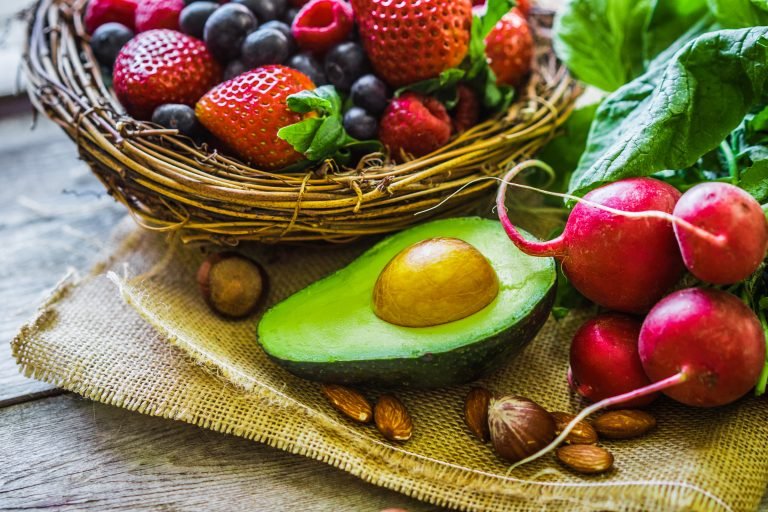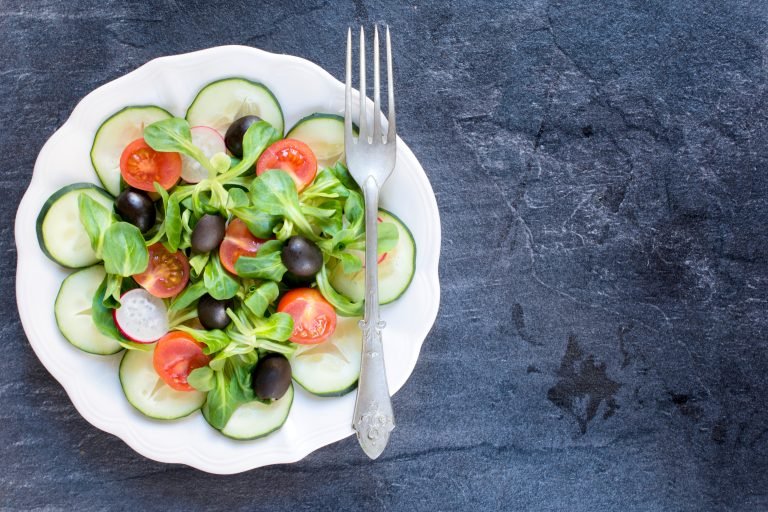The Ultimate Carb Cycling Meal Plan for Rapid Fat Burning
Welcome to the ultimate guide on carb cycling for rapid fat burning. In this article, we will cover everything you need to know about carb cycling, including what it is, how it works, and why it’s such an effective weight loss strategy. We will also provide you with a step-by-step guide on creating your own customized carb cycling meal plan, as well as some delicious recipe ideas to get you started. Let’s dive in!
Introduction to Carb Cycling
Carb cycling is a dietary approach that involves alternating between high-carbohydrate and low-carbohydrate days. The idea behind this method is to manipulate your body’s hormones to optimize fat burn while still being able to enjoy your favorite foods. By strategically timing your carbohydrate intake, you can boost your metabolism, increase energy levels, and ultimately lose more weight than traditional dieting methods.
The Benefits of Carb Cycling for Weight Loss
There are several benefits to using carb cycling for weight loss:
1. Boosted Metabolism: By increasing your carbohydrate intake on certain days, you can boost your metabolism and burn more calories throughout the day.
2. Improved Energy Levels: Carbs are a great source of energy, so by incorporating them into your diet, you can feel more energized and focused throughout the day.
3. Reduced Cravings: By alternating between high- and low-carb days, you can reduce cravings and eliminate the feeling of deprivation that often comes with dieting.
4. Better Sleep: Carbs can help promote better sleep, which is essential for overall health and weight loss.
How to Create a Customized Carb Cycling Meal Plan
To create a customized carb cycling meal plan, follow these steps:
1. Determine Your Calorie Needs: Calculate your daily calorie needs based on your age, gender, height, weight, and activity level.
2. Set Your Macronutrient Ratios: Decide on the percentage of macronutrients (carbs, protein, and fats) you want to include in your diet. For example, you might choose to aim for 50% carbs, 30% protein, and 20% fats.
3. Allocate Your Daily Carb Intake: Divide your total carb intake for the week by the number of high-carb days you plan to have. This will give you the amount of carbs to consume on those days.
4. Plan Your Meals: Use a meal planning tool or app to create a weekly meal plan that includes plenty of whole, nutritious foods that fit within your macronutrient ratios. Be sure to include a mix of high- and low-carb options.
Sample Carb Cycling Meals and Recipes
Here are some sample meals and recipes to get you started with carb cycling:
Breakfast:
Greek yogurt with berries and almond butter (low-carb)
Avocado toast with eggs (high-carb)
Lunch:
Grilled chicken salad with mixed greens and veggies (low-carb)
Quinoa bowl with roasted sweet potato and black beans (high-carb)
Dinner:
Baked salmon with green beans and quinoa (low-carb)
Spaghetti squash with marinara sauce and lean ground turkey (high-carb)
Frequently Asked Questions About Carb Cycling
1. How many carb cycles per week should I do? There isn’t a one-size-fits-all answer to this question, as everyone’s bodies are different. Some people may benefit from doing two high-carb days per week, while others may prefer three or four. Experiment with different frequencies to see what works best for you.
2. What if I don’t like counting macros? While macro tracking can be helpful for some people, it’s not necessary for successful carb cycling. You can simply focus on consuming a balanced diet that includes plenty of whole, unprocessed foods, and adjust your portion sizes accordingly.
3. Can I drink alcohol while carb cycling? Alcohol should be consumed in moderation regardless of your diet, but if you’re looking to maximize fat burn, it’s best to avoid alcohol altogether. Alcohol can cause inflammation, disrupt hormones, and prevent fat burning, so it’s best to save it for special occasions.

Conclusion: Your Path to Successful Fat Burning with Carb Cycling
Carb cycling is a powerful tool for weight loss that has been proven to work time and again. By following the guidelines outlined above, you can create a customized meal plan that fits your individual needs and goals. Remember to stay consistent, be patient, and listen to your body to achieve the results you desire. Good luck!




